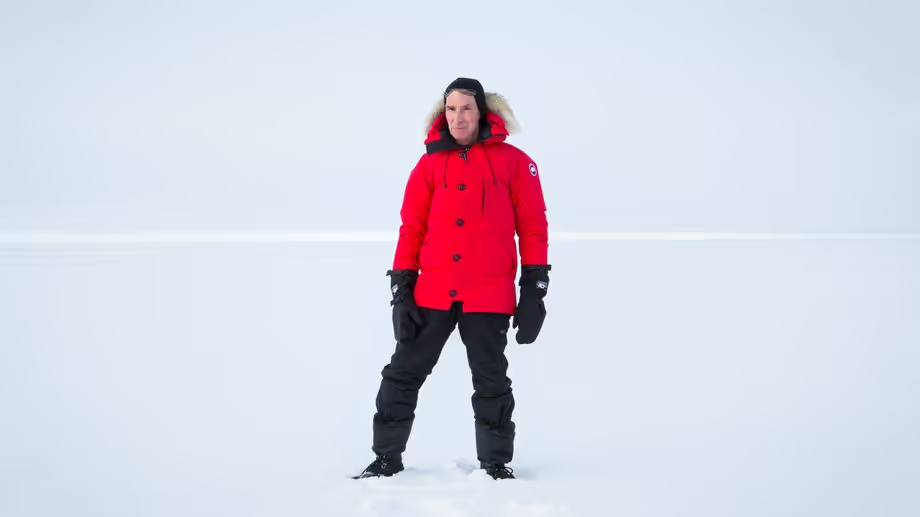Solar Sailing Resources and Standards
Resources and Standards

RESOURCES
This is a list of organizations, websites, articles and other materials that may be helpful to teachers in developing the lesson, or for students as they are researching.
POV: Bill Nye: Science Guy
The film's official POV site includes a discussion guide with additional activity ideas, steps to borrow the DVD from the POV Lending Library and other resources.
Film Official Website
The film's official website provides information on the film and
filmmakers, as well as screenings and press information.
POV: Media Literacy Questions for Analyzing POV Films
This list of questions provides a useful starting point for leading rich discussions that challenge students to think critically about documentaries.
Hands-on Activity: Solar Sails: The Future of Space Travel
Lesson from Teach Engineering, in which students design and build a model solar sails.
National Geographic: New NASA Spacecraft Will Be Propelled By Light
National Geographic article from February 2016 on solar sail technology.
NASA Facts: Solar Sail Propulsion
National Aeronautics and Space Administration fact sheet on solar sail propulsion.
Solar Sails: The Next Generation of Space Propulsion
The physics behind solar sails, explained.
NASA Science: A Brief History of Solar Sails
A narrative history of solar sailing.
STANDARDS
Determine the central ideas or conclusions of a text; provide an accurate summary of the text distinct from prior knowledge or opinions.
Content Core Standards for English Language Arts Standards » Science & Technical Subjects » Grade 6-8 » 1
CCSS.ELA-LITERACY.RST.6-8.1
Cite specific textual evidence to support analysis of science and technical texts.
CCSS.ELA-LITERACY.RST.6-8.2
Determine the central ideas or conclusions of a text; provide an accurate summary of the text distinct from prior knowledge or opinions.
CCSS.ELA-LITERACY.RST.6-8.7
Integrate quantitative or technical information expressed in words in a text with a version of that information expressed visually (e.g., in a flowchart, diagram, model, graph, or table).
NextGen Cross-Cutting Standards, MS-PS2 Motion and Stability: Forces and Interactions
- Apply scientific ideas or principles to design an object, tool, process or system. (MS-PS2-1)
- Models can be used to represent systems and their interactions--such as inputs, processes and outputs--and energy and matter flows within systems. (MS-PS2-1) (MS-PS2-4)
- The uses of technologies and any limitations on their use are driven by individual or societal needs, desires, and values; by the findings of scientific research; and by differences in such factors as climate, natural resources, and economic conditions. (MS-PS2-1)

